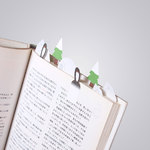Croyez-le ou non, Windows 10 est un excellent système d'exploitation.
Je l'utilise depuis les toutes premières preview et il faut bien le dire, Microsoft a fait un excellent boulot. Seulement, voilà... Microsoft a fait un choix stratégique qui est le même que celui de Google ou Apple (entre autres).
Avec Google Now et la synchro de notre compte, Google est capable de nous créer des rendez-vous à la voix, de répondre à nos questions, de sauvegarder nos données et nos applications, de nous géolocaliser, de récupérer des échantillons de notre voix, de connaître nos habitudes de surf, de nous afficher de la pub ciblée...etc.
Avec iCloud et Siri, Apple est capable de faire plus ou moins la même chose et collecte sensiblement les mêmes données personnelles, même si c'est un peu moins violent que Google.
Microsoft ne pouvait pas rester en marge de cette mini révolution technologique qui vise à calquer l'OS (mobile ou desktop) au plus proche de notre personnalité et de nos besoins. C'est une demande croissante... Les gens veulent de la personnalisation et de l'intelligence (toute relative) dans leurs applications.
Seulement, il n’y a pas de magie. Pour faire tout ça, et au passage vous coller un peu de pub (Windows 10 est "gratuit" en échange de vos données...), il faut pouvoir nous profiler le plus finement possible. Google, Apple et donc Microsoft avec son nouveau Windows 10, le font... Sans oublier Facebook, Amazon, Twitter qui le font aussi à leur manière.
Si je vous raconte tout ça, c'est parce que je ne comprends pas pourquoi d'un coup, d'un seul, tout le monde se réveille et gueule sur Microsoft parce que ces derniers collectent de la donnée personnelle et colle un tracker pub au cul de tous ses utilisateurs. Google et Apple font la même chose massivement depuis des années et apparemment, ça ne gène personne ou pas grand monde quand il s'agit de son smartphone.
Alors pourquoi ?
Honnêtement, je n'en sais rien, mais ma théorie c'est parce que ça se voit. En effet, en ce qui concerne les paramètres de confidentialité de Google ou d'Apple, faut creuser un peu pour les trouver et désactiver ce qu'il est possible de désactiver. L'utilisateur n'en a pas forcément conscience. Chez Microsoft, c'est simple. Ils veulent tellement pas dissimuler le truc qu'il ont intégré tout ça visible du premier coup d'oeil dans leurs gros menus pour bigleux ! Il suffit d'aller dans les paramètres, menu confidentialité pour tout voir, tout savoir et tout désactiver.

Évidemment, ça fait peur, car pour une fois, c'est écrit clairement, noir sur blanc, et en français et on sait précisément ce que Microsoft récupère.
Du coup, je pense que c'est surtout pour ça que le coup de flip international s'est propagé et a provoqué une grosse prise de conscience. Mais pour ceux qui s'intéressent un peu au sujet des données personnelles, ce n'est qu'un acteur de plus qui collecte des tas d'infos sur nous. Un de plus, et qui le fait de manière totalement décomplexée sans se cacher.
C'est donc le chemin choisi par Microsoft. Coupler qui nous sommes avec des fonctionnalités cool de notre époque. Et c'est pour ça que ça va plaire aux gens. Et dans quelques mois, tous les utilisateurs de Windows tiendront le même discours que les utilisateurs d'Android, de Gmail ou de Siri, à savoir : "Oui on sait, toutes nos données partent sur leurs serveurs aux États-Unis, mais c'est tellement pratique, et regarde je peux lui parler et il répond".
Ce choix de Microsoft est tout à fait discutable et je ne l'approuve pas, mais c'est leur choix pour, j'imagine, innover et rester dans la course face aux 2 autres. Si ce choix ne vous convient pas, rassurez-vous, vous disposez de plusieurs possibilités.
Premièrement, vous pouvez utiliser un autre OS... Un Linux (peu importe, la distrib) ou un FreeBSD qui fera tout ce que vous voudrez sans vous coller un tracker ou conserver vos données personnelles.
Ou alors, si vous appréciez Windows, et bien SCOOP ! Vous pouvez rester sous Windows 7 ou 8. Ou même passer à Windows 10. Il suffit, si vous n'approuvez pas ce choix technologique de Microsoft, de désactiver toutes les options qui vont piocher dans votre vie privée. Alors oui vous allez perdre pas mal de fonctionnalités sympas, mais là, c'est à vous de faire un choix. Profiter du confort proposé par Microsoft ou réduire un peu ce confort et préserver vos données personnelles.
Comme je le dis toujours, du moment qu'on a le choix et qu'on a conscience de ce choix, je ne vois pas pourquoi râler.
Bref, si vous souhaitez désactiver tout ce qui serait susceptible de récupérer vos données personnelles dans Windows 10 pour les envoyer sur les serveurs de Microsoft, c'est assez simple. Il suffit de fouiller un peu dans les paramètres et dès que vous tombez sur une mention de ce type "Déclaration de confidentialité", votre cerveau doit s'allumer, car c'est qu'il y a anguille sous roche. Désactivez alors l'option concernée.
Concrètement, ça se trouve dans :
Paramètres -> Mise à jour et sécurité -> Windows Defender

Et dans Paramètres -> Confidentialité (quasi tous les sous-menus. Je n'ai pas fait de capture-écran pour chaque menu)



Désactivez tout ce qui est "Actif" et cliquez sur le bouton "Arrêter de me connaître". Faites le tour de tout ce que vous pouvez, et dès que vous voyez la mention "Déclaration de confidentialité", allez la lire et prenez le temps de la réflexion. Demandez-vous : "Ai-je vraiment besoin de cette fonctionnalité ?".
Au pire, désactivez tout et réactivez au compte-goutte quand vous en aurez besoin. Mon sentiment, c'est que vous saurez très bien vous en passer.
Bon voilà... Tout ça pour dire que oui, Windows 10 est un excellent OS, bien conçu, moderne et bien stable à condition de savoir où on met les pieds et que fondamentalement il n'y a pas de différences entre la collecte et le traitement des données personnelles de Microsoft et celui de Google ou d'un autre géant du net dans le même délire du "tout sur le cloud". Si Windows 10 vous chatouille, alors votre smartphone (et tous vos comptes Google) devrait aussi vous chatouiller. Si ce n'est pas le cas, c'est soit parce que vous avez fait ce qu'il faut pour éviter le problème (pas de compte Google, une ROM alternative...etc.), soit parce que vous n’étiez pas au courant de comment ça fonctionne vraiment.
Bref, à mon avis, pas de quoi s'enflammer ou brûler sur le bûcher telle Jeanne D'Arc, uniquement Microsoft, dont le seul crime est de faire pareil que les autres. Et même si vous pensez avoir entendu des voix, ce n'est que Cortana qui s'excite dans son coin ;-).
Évidemment, de mon côté, j'ai aussi installé Windows 10 et je vais donc commencer à explorer tout ça. Il est fort probable que je vous en reparle bientôt en vous filant quelques astuces. En attendant, si vous êtes l'heureux nouveau propriétaire d'un Windows, je vous invite à lire cet excellent post de Mouton Noir qui vous expliquera comment carrément désinstaller tout ce dont vous n'avez pas besoin.
Amusez-vous bien !
Cet article merveilleux et sans aucun égal intitulé : Windows 10 est-il un système d’exploitation diabolique ? ; a été publié sur Korben, le seul site qui t'aime plus fort que tes parents.






















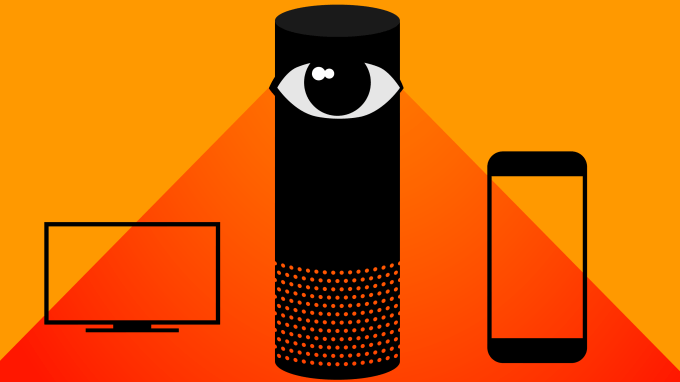 Amazon has been amassing computer vision expertise for a long time. And continues to do so. A LinkedIn search for computer vision jobs at the company currently returns more than 50 posts — mostly split across research and software engineering roles. But is there more than meets the eye to the ecommerce giant’s interest in technologies that can sense the world around them?
Amazon has been amassing computer vision expertise for a long time. And continues to do so. A LinkedIn search for computer vision jobs at the company currently returns more than 50 posts — mostly split across research and software engineering roles. But is there more than meets the eye to the ecommerce giant’s interest in technologies that can sense the world around them? 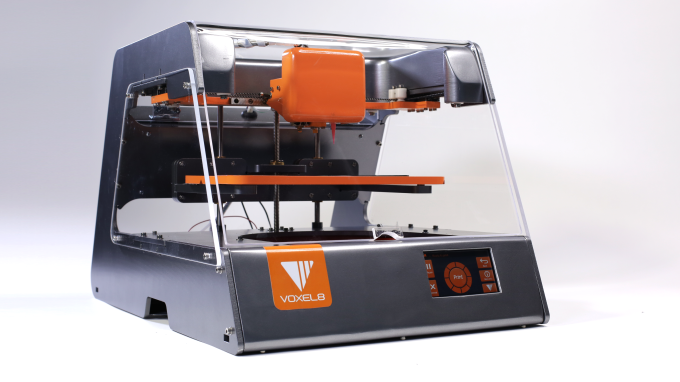 Voxel8, the startup behind the first multi-material 3D electronics printer, has raised $12 million to bring its printers to the desks of engineers and designers everywhere. ARCH Venture Partners and Braemar Energy Ventures led the Series A round, joined by Autodesk, through its Spark Investment Fund, and In-Q-Tel.
Voxel8, the startup behind the first multi-material 3D electronics printer, has raised $12 million to bring its printers to the desks of engineers and designers everywhere. ARCH Venture Partners and Braemar Energy Ventures led the Series A round, joined by Autodesk, through its Spark Investment Fund, and In-Q-Tel.  IBM today announced that it has acquired Compose, the Y Combinator-backed database-as-a-service startup originally known as MongoHQ. Financial terms of the acquisition were not disclosed. Compose had raised $6.4 million since it launched in 2010 — most of it in a Series A round in 2012 that was led by Trinity Ventures. And IBM spokesperson tells us that Compose, which has offices in…
IBM today announced that it has acquired Compose, the Y Combinator-backed database-as-a-service startup originally known as MongoHQ. Financial terms of the acquisition were not disclosed. Compose had raised $6.4 million since it launched in 2010 — most of it in a Series A round in 2012 that was led by Trinity Ventures. And IBM spokesperson tells us that Compose, which has offices in… 












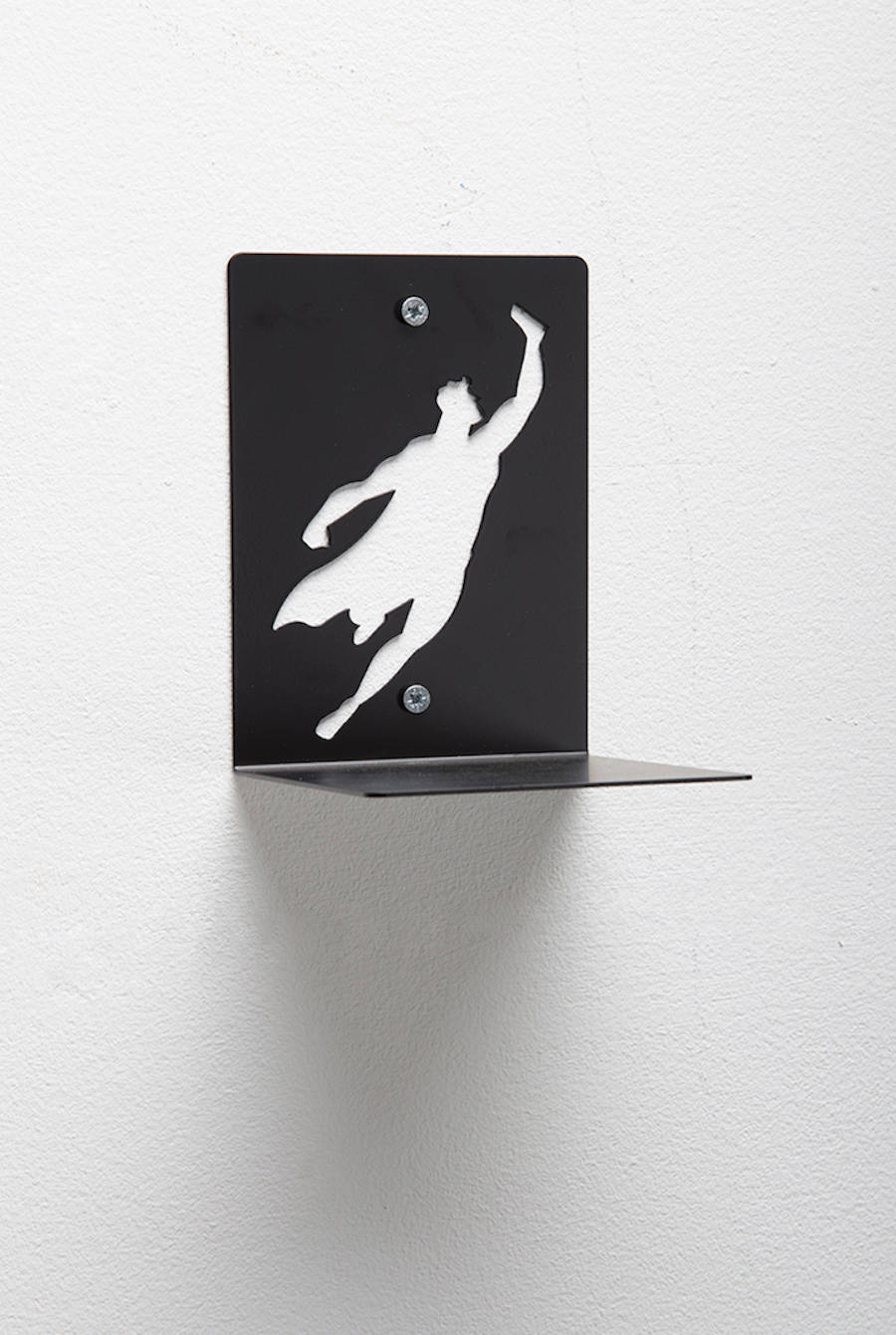


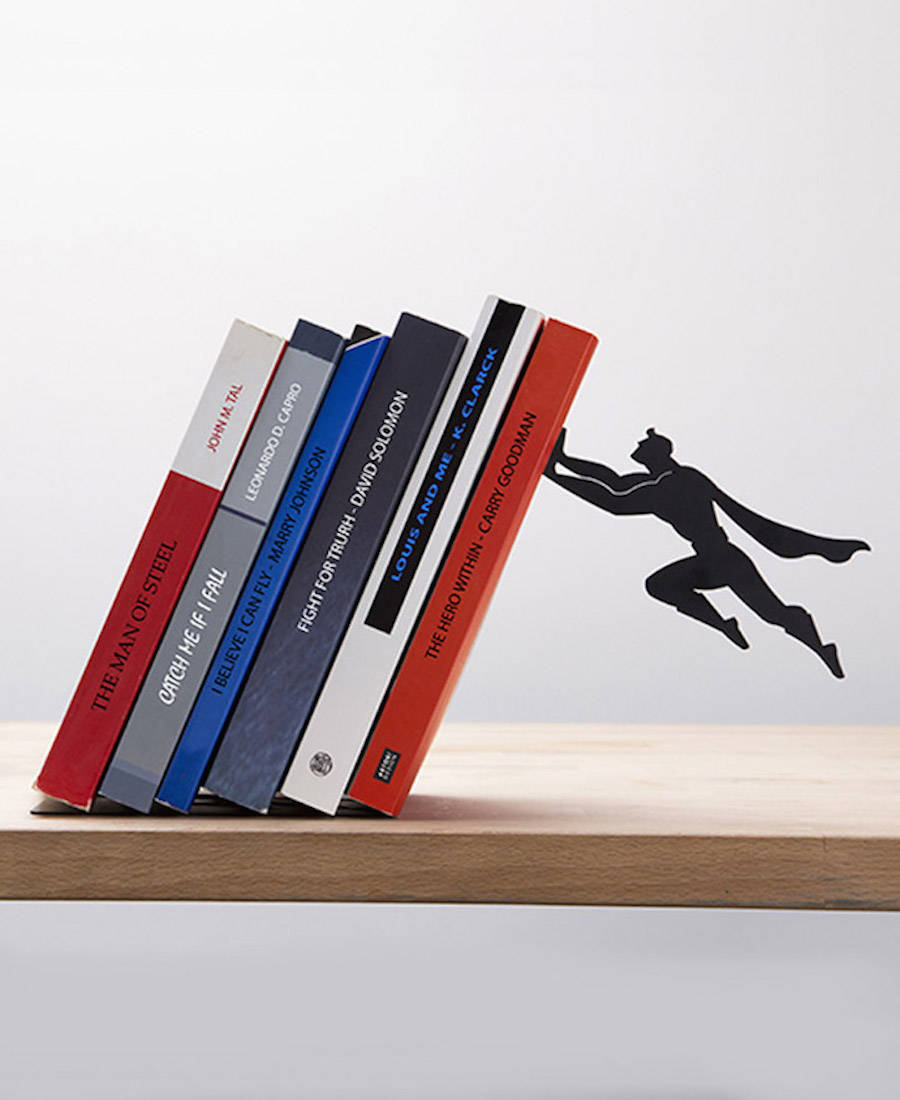














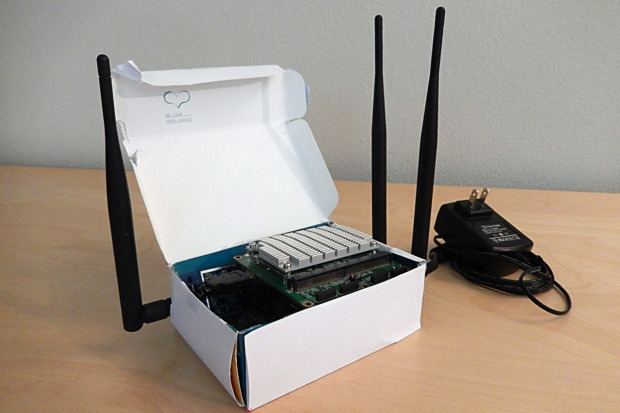 In the world of whistleblowers, any packet of revealed identifying information means game over. ProxyHam, a $200 WiFi router aimed at those seeking the utmost in anonymity, promised to mask users’ IP addresses and place their geographic coordinates miles away from their actual locations. Plans to create the device, set to be unveiled at August’s Las Vegas Def Con convention,…
In the world of whistleblowers, any packet of revealed identifying information means game over. ProxyHam, a $200 WiFi router aimed at those seeking the utmost in anonymity, promised to mask users’ IP addresses and place their geographic coordinates miles away from their actual locations. Plans to create the device, set to be unveiled at August’s Las Vegas Def Con convention,… 





















